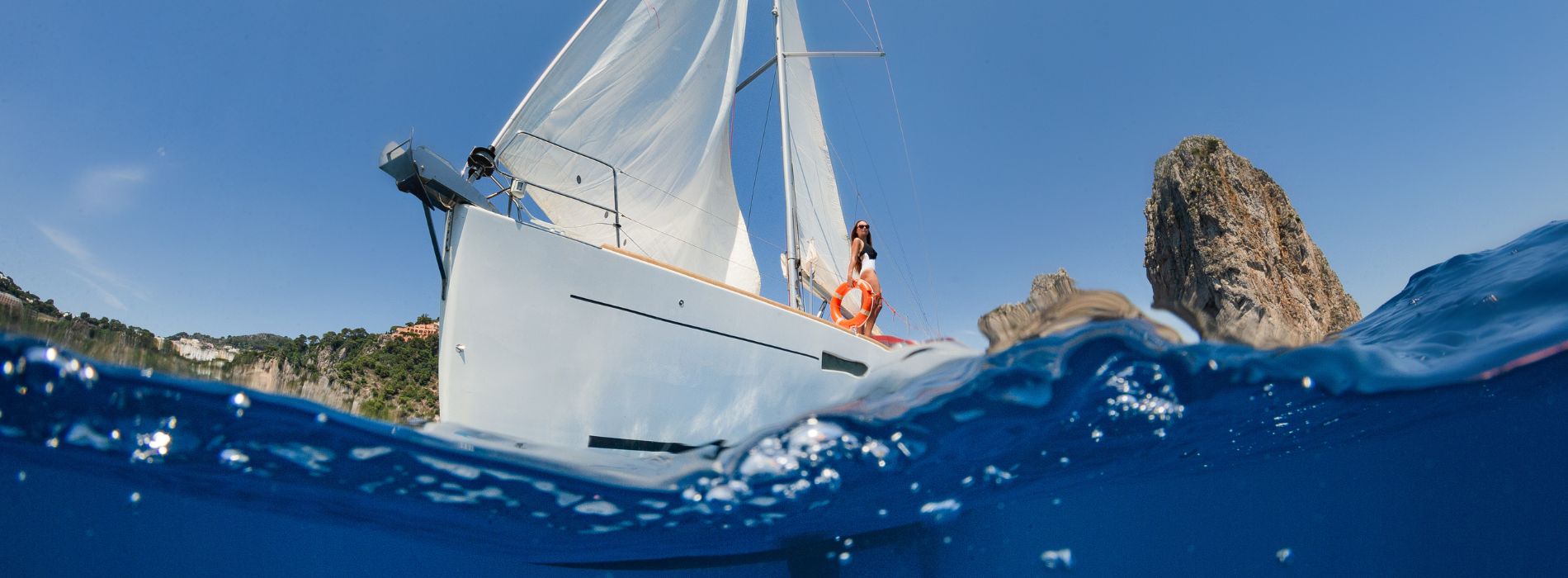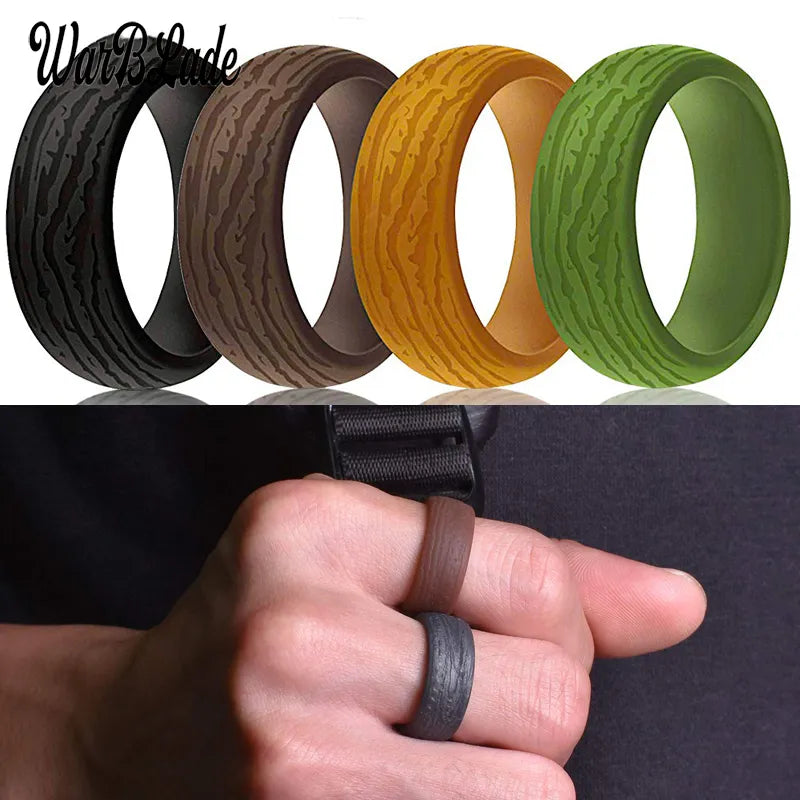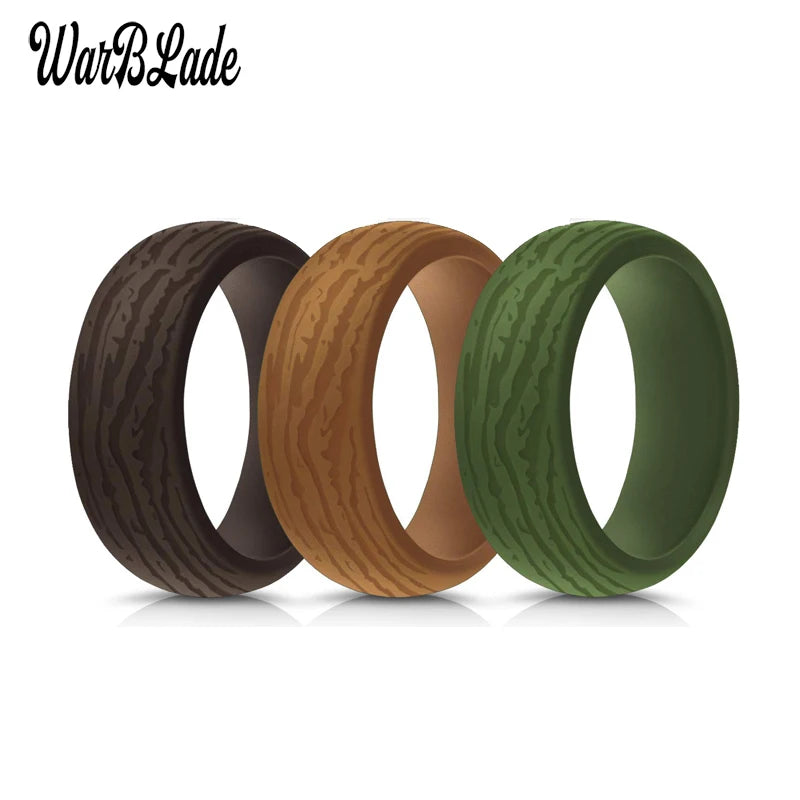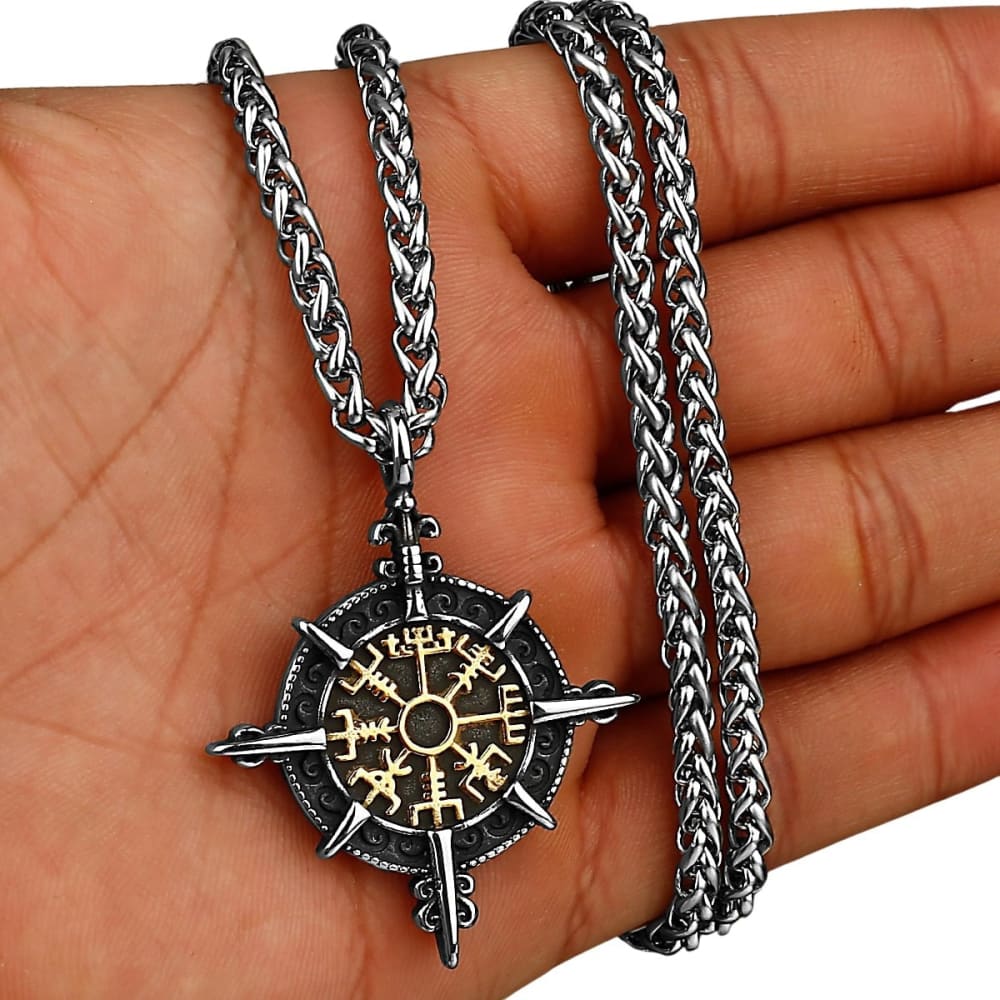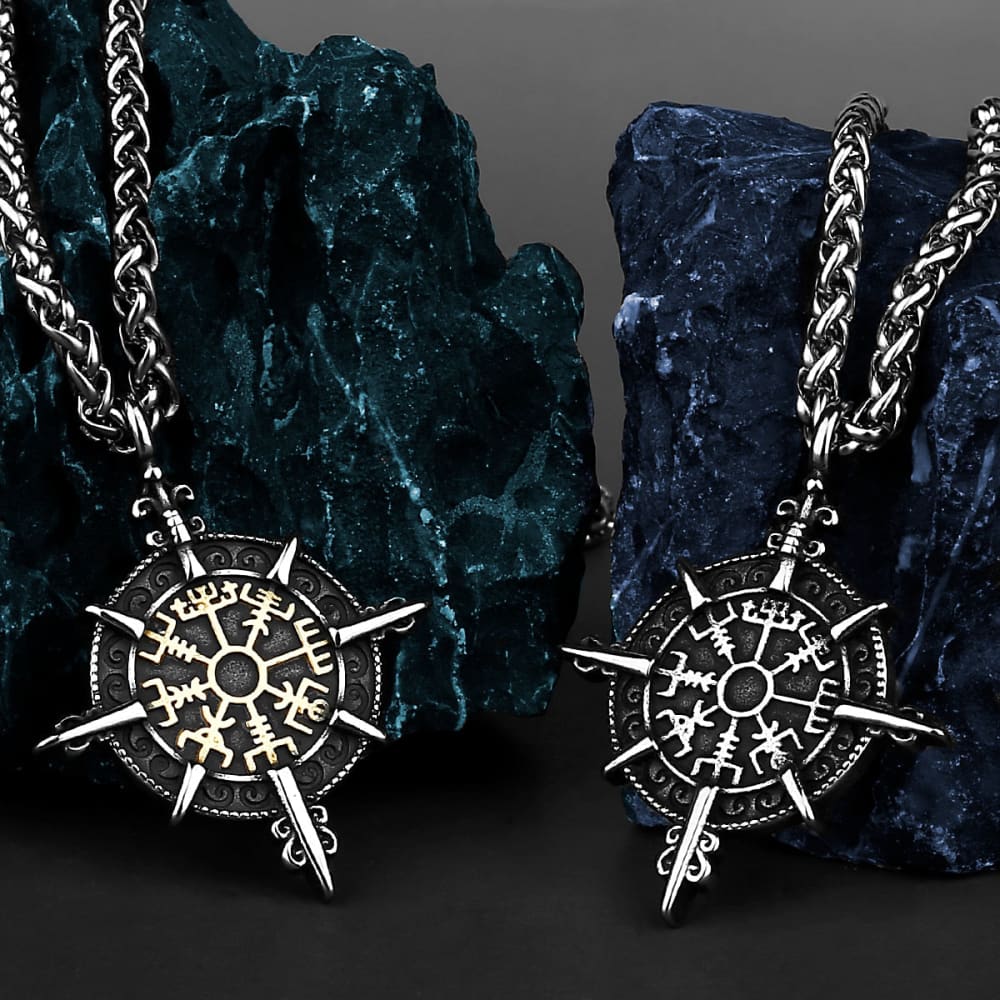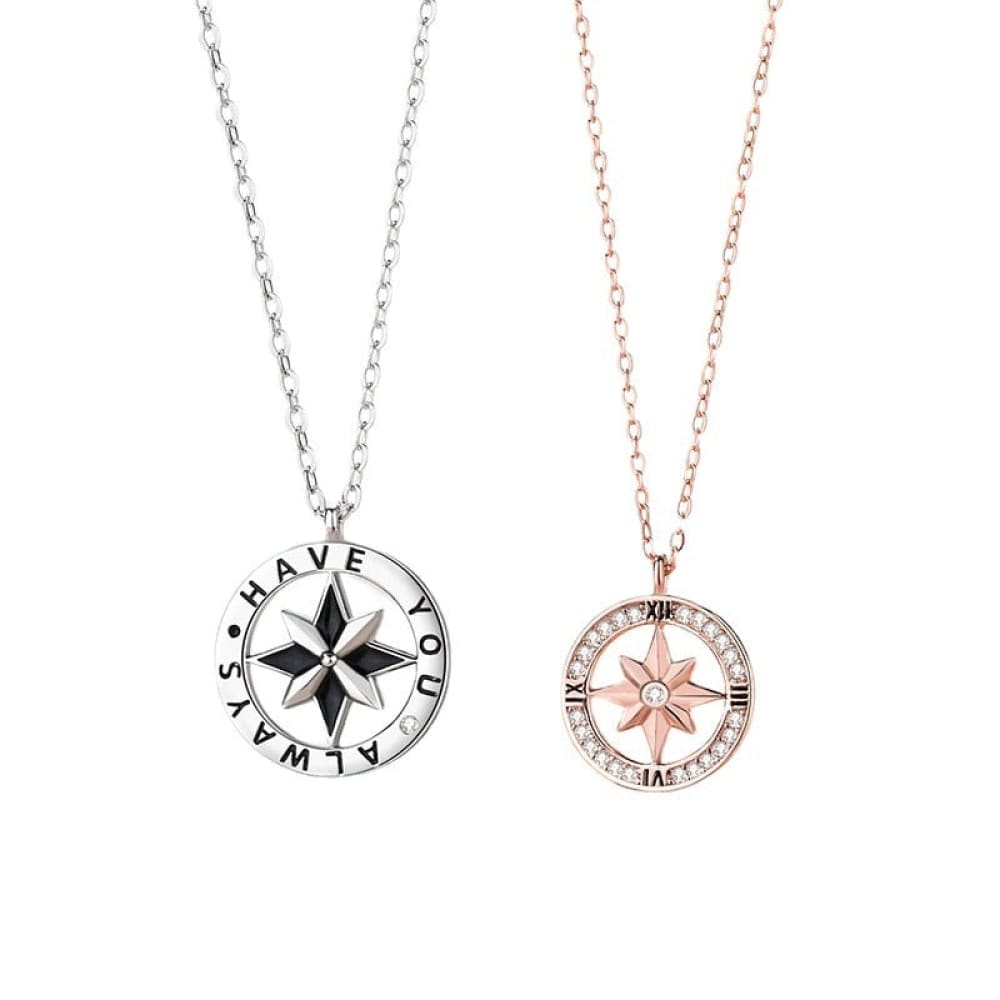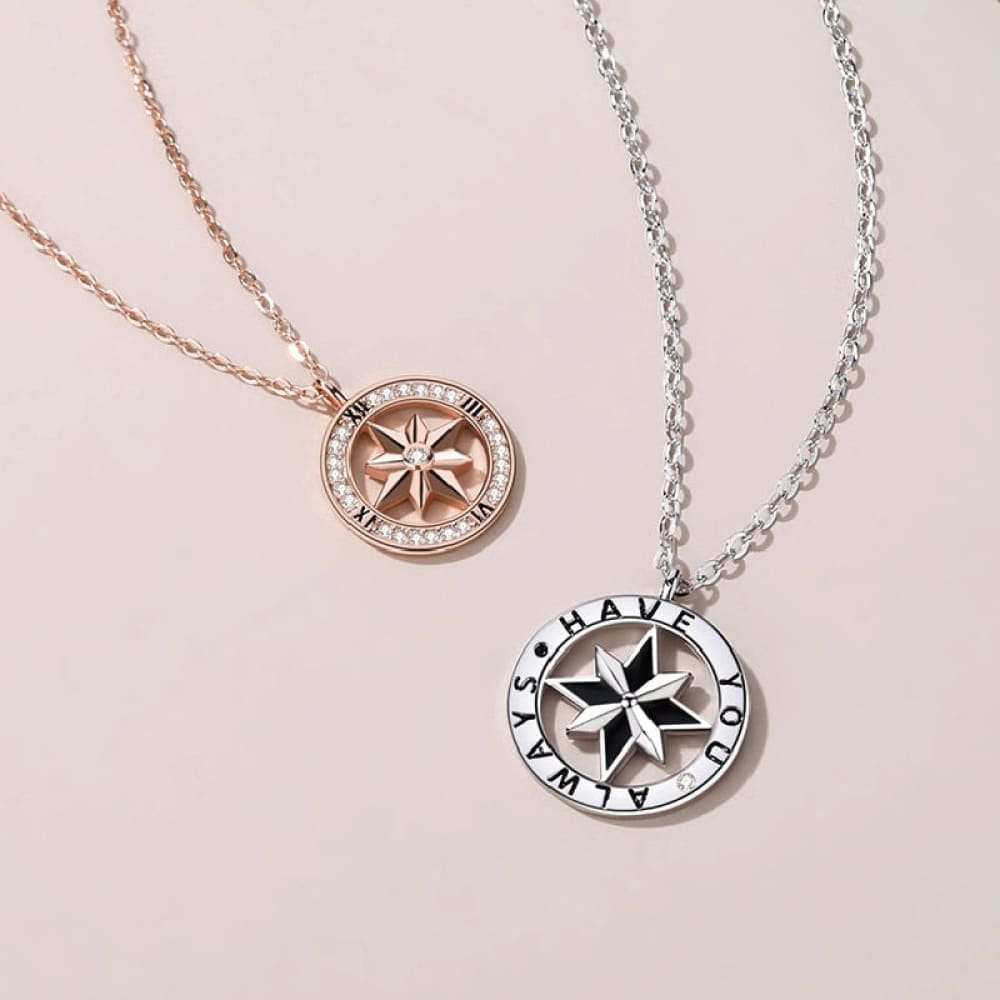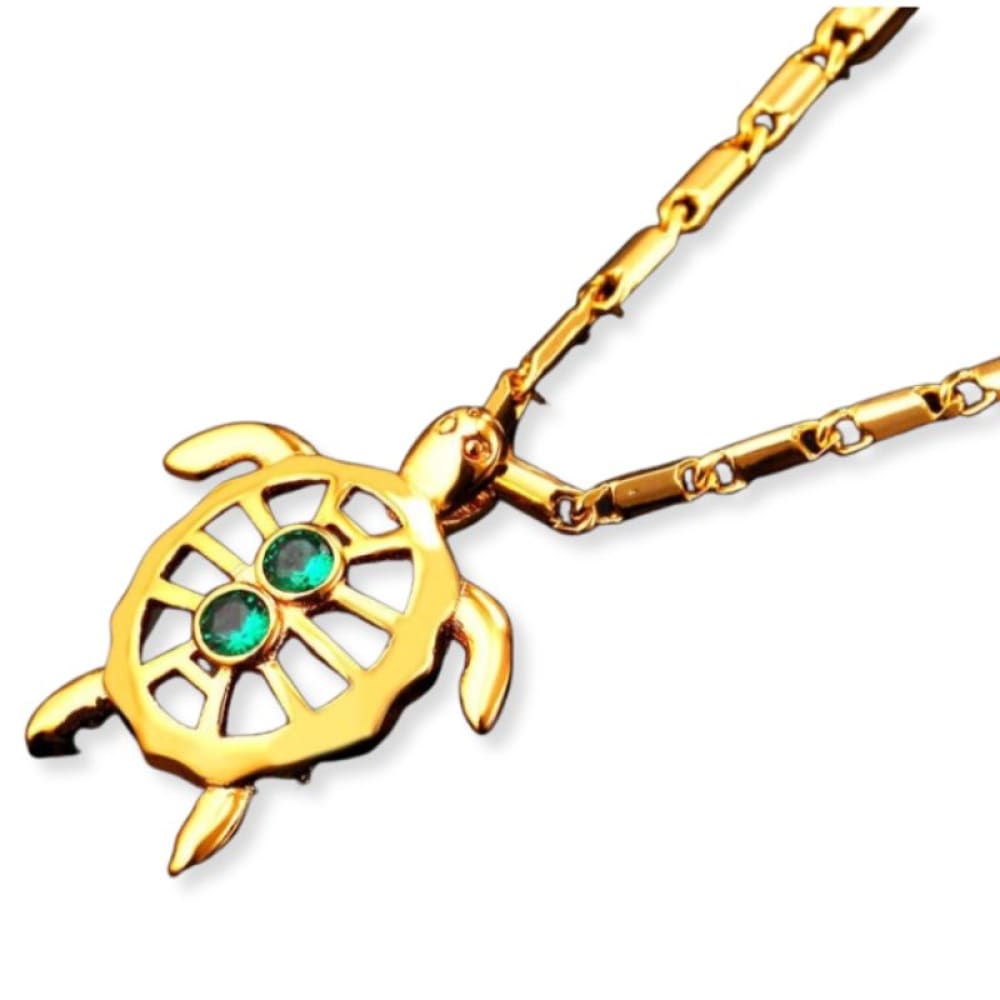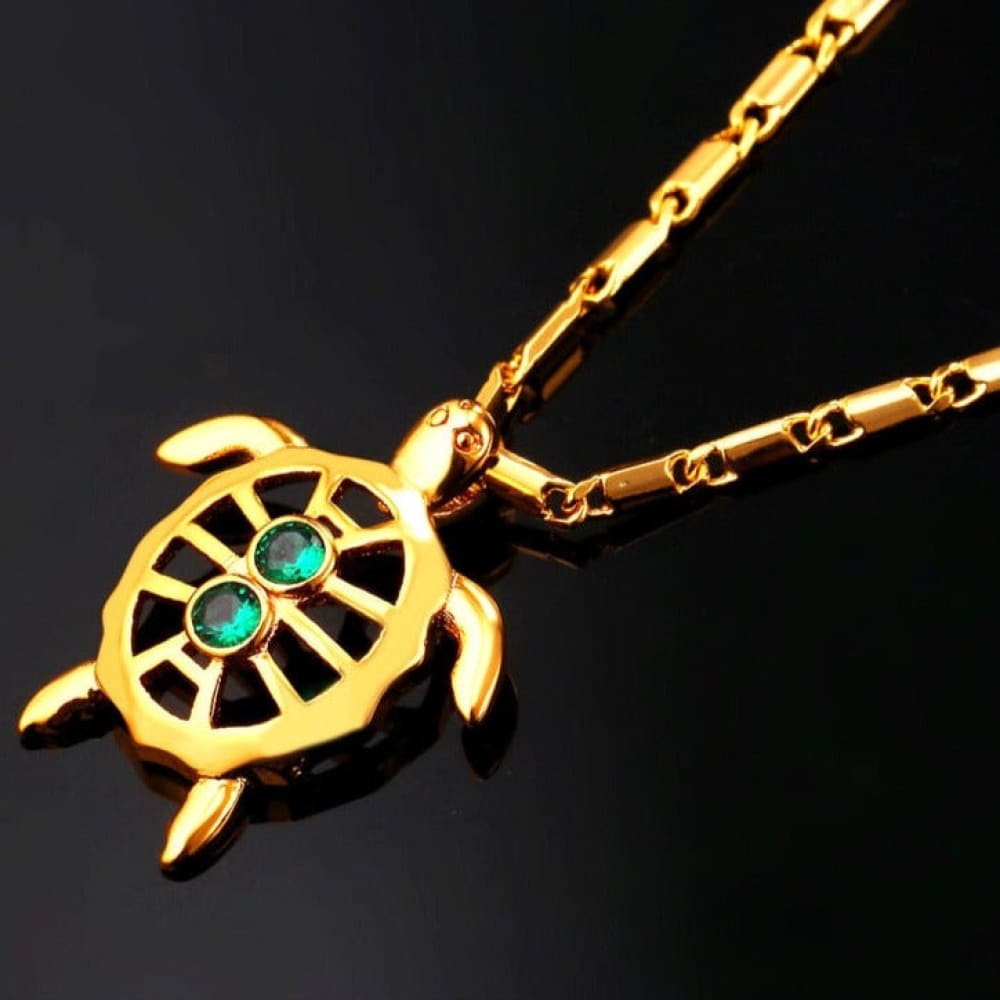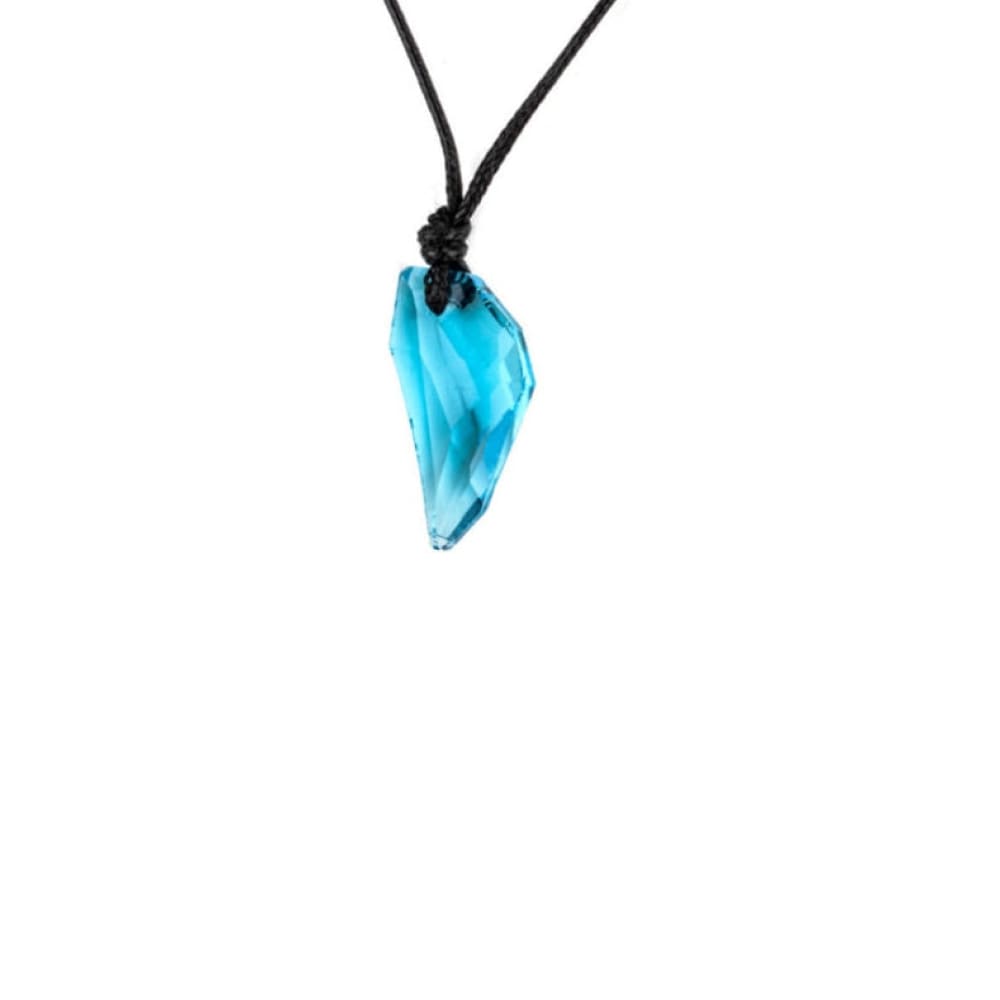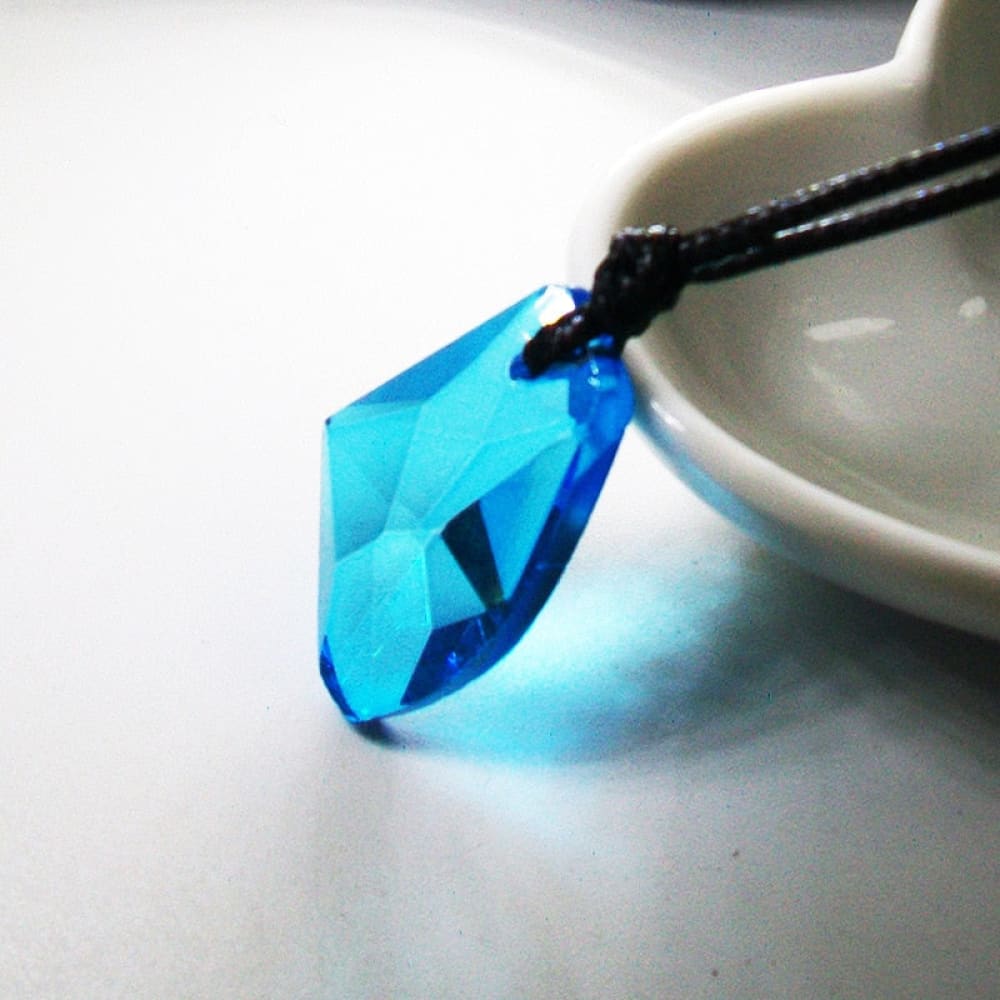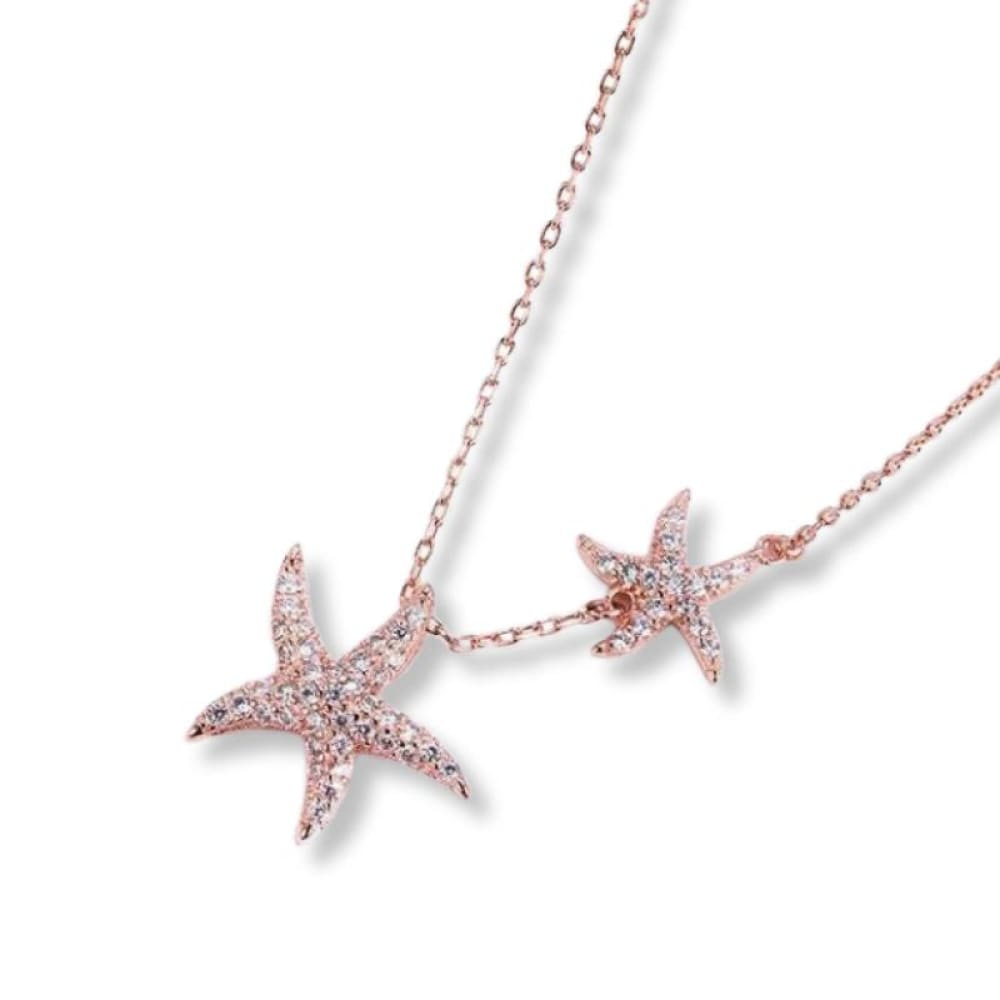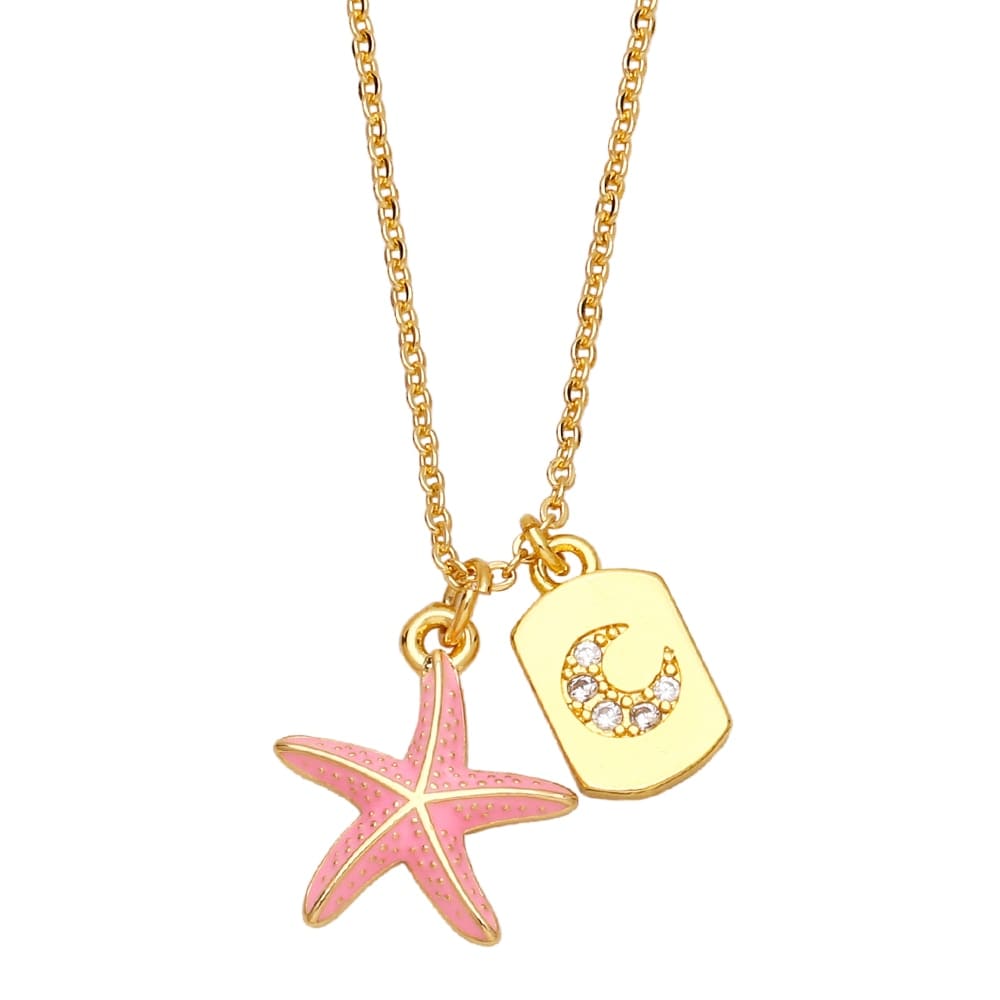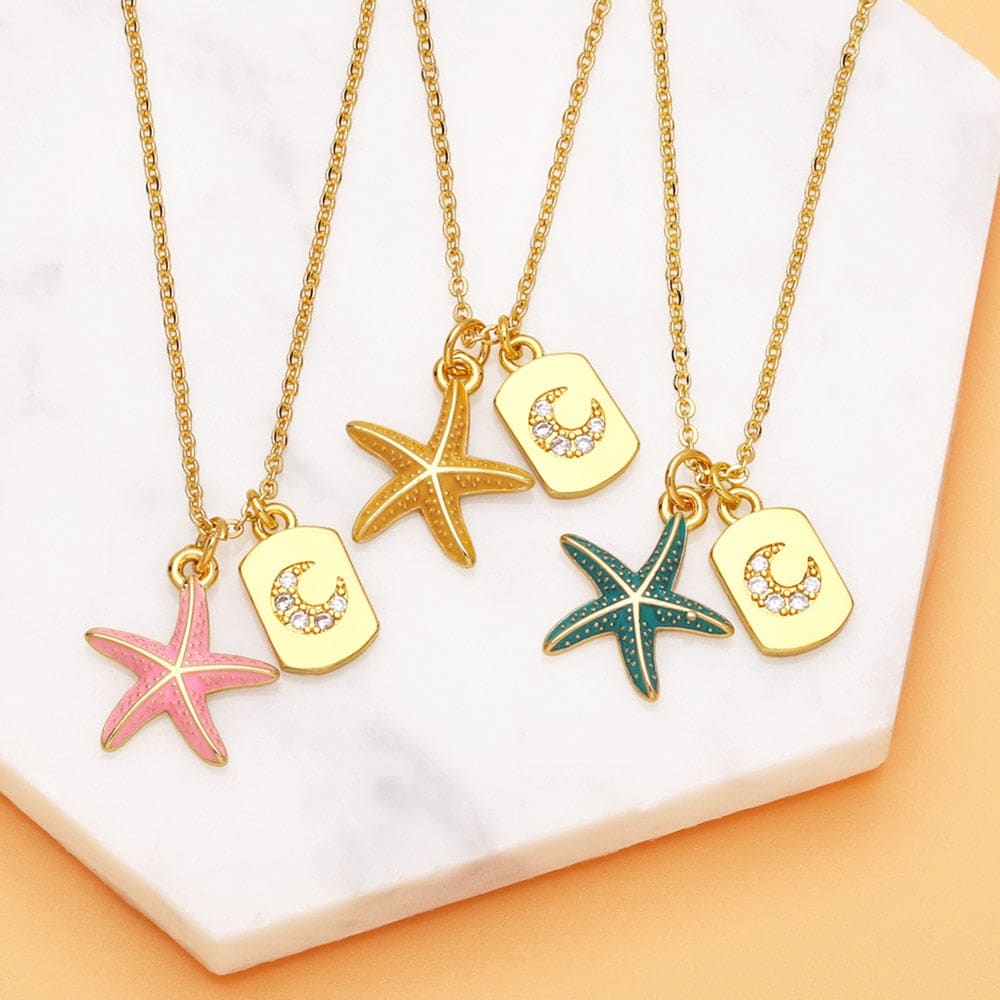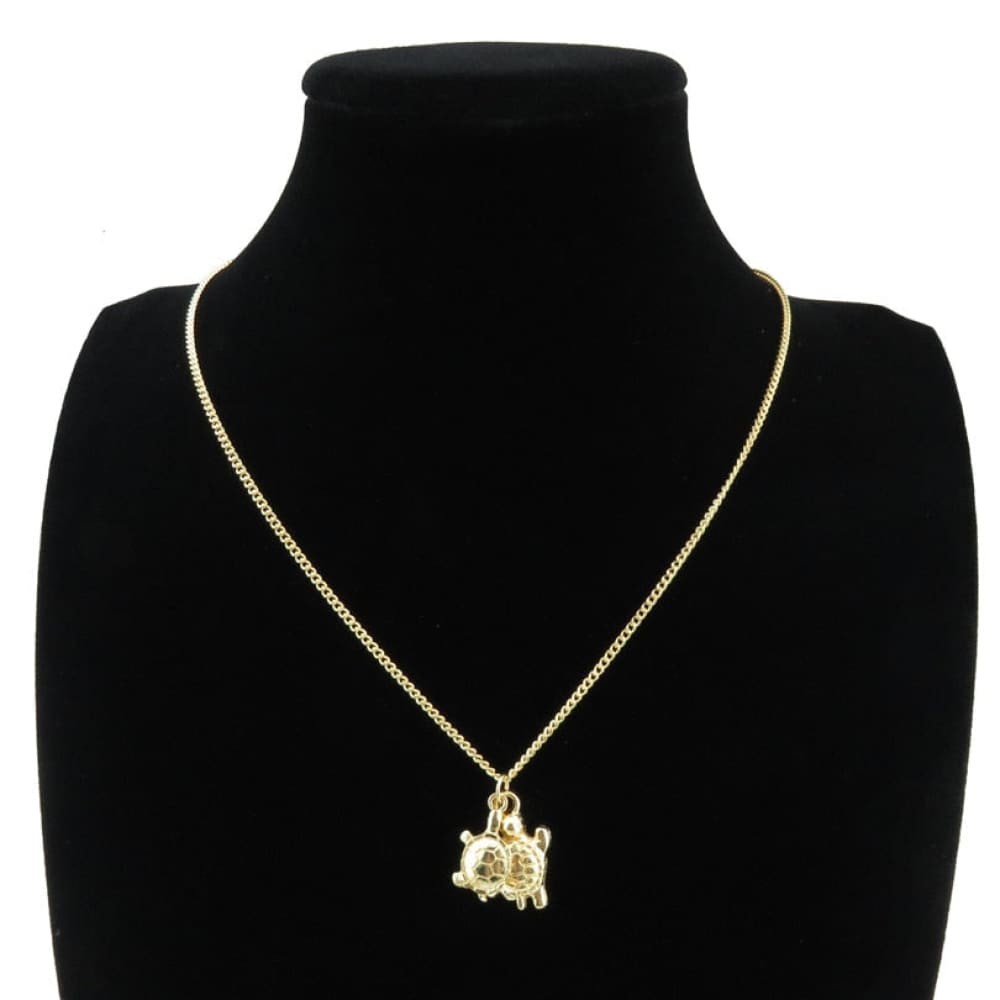How much do sails cost? Exploring the price ranges for various types of sails
The importance of sails in sailing
Sails are an essential component of any sailing vessel, as they harness the power of the wind to propel boats forward. They come in various shapes and sizes, depending on the type of boat and the purpose of the sail. Whether you're a seasoned sailor or a beginner, understanding the cost and types of sails available is crucial for making an informed purchase and ensuring the best performance on the water.
The cost of mainsails
Mainsails are the largest and most important sails on a sailboat, responsible for providing the primary propulsion. There are different types of mainsails, including traditional Dacron sails and more advanced options like laminated, carbon fiber, or even fully battened sails. The cost of a mainsail can vary depending on the size, material, and construction method. A small to medium-sized Dacron mainsail can range from $1000 to $3000, while high-performance sails made of advanced materials can cost upwards of $5000.
It's important to note that sailmakers often offer customization options for mainsails, allowing you to choose specific features or materials that suit your sailing needs. These customizations can affect the price of the sail, but they can also enhance its performance and durability, making them a worthwhile investment for serious sailors.
When considering the cost of a mainsail, it's also essential to take into account the maintenance and repair expenses. With proper care and maintenance, a well-made mainsail can last for several years. However, regular inspection and occasional repairs are necessary to ensure its longevity and optimal performance.
The cost of jib and genoa sails
Jib and genoa sails are smaller headsails that work in conjunction with the mainsail to provide additional propulsion and maneuverability. These sails are often made of the same materials as the mainsail but are usually smaller in size. The cost of jib and genoa sails depends on their size, material, and construction method.
A standard jib sail can range from $500 to $1500, depending on its size and material composition. Genoa sails, which are larger headsails with a larger overlap, can cost between $1500 and $3000. Like mainsails, customization options are available for jib and genoa sails, allowing you to tailor the sail to your specific sailing style and needs.
It's worth noting that jib and genoa sails are more susceptible to wear and tear due to their exposure to wind and constant trimming. Regular maintenance, including cleaning, inspection, and occasional repairs, is essential to ensure their longevity and performance.
Factors influencing sail cost
While the size and material of a sail play a significant role in determining its cost, several other factors can influence the price range.
Quality of materials
The quality of the materials used in sail construction can greatly affect the cost. High-performance sails made of advanced materials such as carbon fiber or laminated fabrics are more expensive than traditional Dacron sails. These advanced materials offer enhanced performance, lighter weight, and increased durability, making them attractive options for competitive sailors or those looking for optimal performance.
On the other hand, budget-conscious sailors or recreational sailors may opt for Dacron sails, which provide good performance and are more affordable. While they may not offer the same level of performance as high-end sails, Dacron sails are a reliable and cost-effective choice for many sailors.
Size and complexity of the sail
The size and complexity of a sail also impact its cost. Larger sails naturally require more material, resulting in a higher price. Additionally, certain sail designs, such as those with multiple battens or intricate shaping, may require more labor and expertise during the manufacturing process, which can increase the overall cost of the sail.
When choosing a sail, it's essential to consider the size and complexity that best suits your boat and sailing style, keeping in mind the associated costs.
Caring for your sails
Once you've invested in sails, proper care and maintenance are crucial to ensure their longevity and optimal performance.
Regular cleaning
Sails should be regularly cleaned to remove salt, dirt, and other debris that can accumulate over time. This can be done by rinsing the sails with fresh water after each use or by using mild detergents specifically designed for sail cleaning.
It's important to avoid harsh chemicals or abrasive cleaning materials, as they can damage the sail's delicate fibers or coatings.
Inspections and repairs
Regular inspections are necessary to identify any signs of wear, tear, or damage. Small tears or loose stitching should be repaired promptly to prevent further damage. Some sailmakers offer repair services, or you can enlist the help of a professional sailmaker or sail repair facility.
It's also beneficial to inspect the hardware and rigging associated with the sails, such as battens, slides, and halyards, to ensure they are in proper working order.
Proper storage
Sails should be stored in a dry, well-ventilated area away from direct sunlight and extreme temperatures. Folding or rolling the sails properly can help prevent wrinkles and creases that can weaken the fabric over time. Consider investing in sail bags or covers to protect the sails when not in use.
In conclusion, the cost of sails can vary significantly depending on factors such as size, material, and customization options. While high-performance sails made of advanced materials can be more expensive, they offer enhanced performance and durability. On the other hand, budget-conscious sailors can opt for more affordable sails made of traditional materials like Dacron. Regardless of the type of sail chosen, proper care and maintenance are essential to ensure their longevity and optimal performance on the water.

